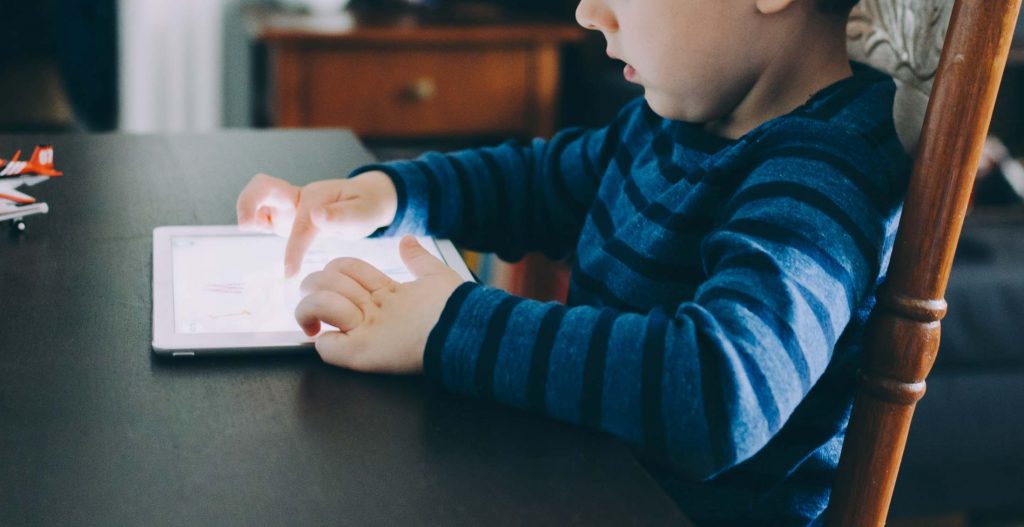
In today’s fast-paced digital age, it seems like we are constantly attached to our screens. Be it phones, tablets, laptops, or smartwatches, we’re seemingly unable to extract ourselves from those alluring pings and notifications. Our brains are on, wide awake and looking for the next bit of news, meme, like, message, special deal or whatever it is that spins our wheels. But why is it so hard to wrench ourselves away? And why is it important that we learn.
We’ve all been there. Looking up a restaurant name or school notice on social media then finding ourselves lost in a series of unrelated useless information, wondering where the last hour went. How does it happen? Well, it’s not entirely our fault – the technology industry employs sophisticated design techniques to capture and maintain our attention. Social media platforms, apps, and websites are deliberately designed to be addictive, generating a cycle of reward and anticipation. Likes, shares, and notifications cause a release of dopamine in our brains and create a thirst for more; it’s how we’re wired. We’d all like to think we’re above caring that 43 people liked that picture of our (truly adorable) cat, but it actually comes down to something on a much deeper psychological level. To make it worse we’re naturally communal animals – FOMO is real, so we strive to stay abreast of what’s happening – lest we miss out. The techies know this and, in the end, it’s an advertising-based revenue model so the goal is always to keep us scrolling.

So is this just a stage of evolution and invention? Like the radio, the TV and the computer? Some feared they would be the end of society as we know it – but we’re still all here. There’s a bit of that, but there’s a darker side to this latest stage in technology. Constantly being bombarded with notifications, messages, and updates can lead to a perpetual state of distraction, anxiety, and stress. Studies have shown that excessive screen time is associated with increased rates of depression, loneliness, and decreased overall life satisfaction. In some ways technology is wonderful – connecting the shy, the awkward and the lonely to communities they may not have had – but there’s an undeniable link between the poor state of our mental health and our excessive use of technology. And it’s hard to know where that ends. The restaurateur who gets slammed on TripAdvisor when he’s just trying to stay afloat, the teenage girl who bases her self-worth on people’s reactions to her selfies. It’s more than a bit frightening.
There’s also a concern at the skills our young people might not develop fully with their eyes glued to their devices – the ability to socialise, a sense of creativity, being able to connect with nature, living in the actual moment, rather than the perception of it. And obviously, the sedentary lifestyle it promotes, increases the risk of obesity, heart disease, and other chronic health issues. As we see all the time in this business, hours spent hunched over screens can cause musculoskeletal problems, eye strain, and disrupted sleep patterns (blue light emitted by screens further disrupting our natural sleep-wake cycles). The toll on our bodies is as concerning as the toll on our minds.
But in the end we are still in control. The environment is set up to lure us in, but the final choice is ours. We can still put the phone down, switch off the laptop, turn off the notifications, unfollow the people who make us feel bad about ourselves, and control the time our children spend on technology. It takes some effort but it’s entirely possible to benefit from technology without having it rule your life.

